Venus delicately leans towards Eros, has one arm raised in an arc above her head, which gives an effect of lightness and fluidity to the whole. Her other hand is extended towards her son, which could suggest an educational gesture while her soft, almost enigmatic smile, exudes a serenity and natural grace.
Eros seems to interact with his mother by looking at her. His position evokes a childish innocence and curiosity. His hands are tied to the trunk of a tree with a ribbon. The sculpture rests on a round base in "sea green" marble, which contrasts with the whiteness of the Carrara marble while highlighting the composition.
The depiction of Eros in chains is an interesting motif that can be interpreted symbolically in the context of his relationship with Venus, of whom he is her son and servant: Following the myth of Psyche, Venus orders Eros to make Psyche fall in love with a monster as revenge, but Eros disobeys by falling in love with her himself. Eros, although he is the god of love, is trapped by his own feelings. He becomes a prisoner of his love for Psyche, which leads him to defy Venus' authority and suffer the consequences of this passion. He is "chained" by the intensity of his emotions. These chains symbolize the complexity of romantic relationships, where desire can captivate even the most powerful forces. Eros, although he embodies the freedom of desire, is himself bound to the wills of others and to passions that he cannot avoid.
Eros is leaning against the central figure, creating a captivating interaction that draws the viewer's eye. He is depicted realistically, with careful anatomical details, including the curve of his limbs and the roundness of his belly, characteristic of the art of representing childhood in classical sculpture. The hand of the female figure seems to hold the ribbon with which Eros is tied to the trunk of a tree as if she were trying to free him, adding a protective and maternal aspect to the work. This emphasizes the complicity between the two characters and perhaps symbolizes divine protection or unconditional love.
This work presents characteristics specific to academic sculptures, where the idealization of bodies and respect for classical proportions are essential. The details of the face, hair, and delicately sculpted muscles show great attention to realism, specific to the work of the sculptor Emile BOISSEAU. The precision of the details and the ability to render emotion through expression demonstrate great mastery. Boisseau has skillfully worked the details of the eyes, lips and cheekbones to create a delicate realism. The hair is richly worked, adorned with delicately sculpted flowers, which add a touch of romanticism and reinforce the divine aspect of the figure. The locks are slightly wavy, falling fluidly, testifying to the technical know-how of the sculptor. The polish of the surface is smooth and impeccable, giving the stone the appearance of soft and luminous skin. The sculptor used polishing techniques that highlight the natural translucency of the marble, thus creating an impression of vitality and warmth.
Émile André BOISSEAU (1842-1923)
He exhibited regularly at the Paris Salon from 1868, after studying sculpture at the École des Beaux-Arts under the direction of Dumont and Bonnassieux. He was particularly fond of carving marble, which he readily combined with bronze and even onyx. His submissions included Chained Love from 1891 and Twilight, a marble group from 1883. In 1882, he sculpted a statue of Beaumarchais for the façade of the Paris City Hall. A marble version of his Défense du foyer from 1884 was acquired by the City of Paris, which erected it in the Champ-de-Mars square. In 1888, he was appointed director of the Romain Rolland Museum of Art and History in Clamecy. He donated several of his sculptures to the establishment. Vice-president of the Society of French Artists, president of the artistic property union, and officer of the Legion of Honour since 1900, Émile Boisseau died on 17 February 1923 in his Parisian hotel.





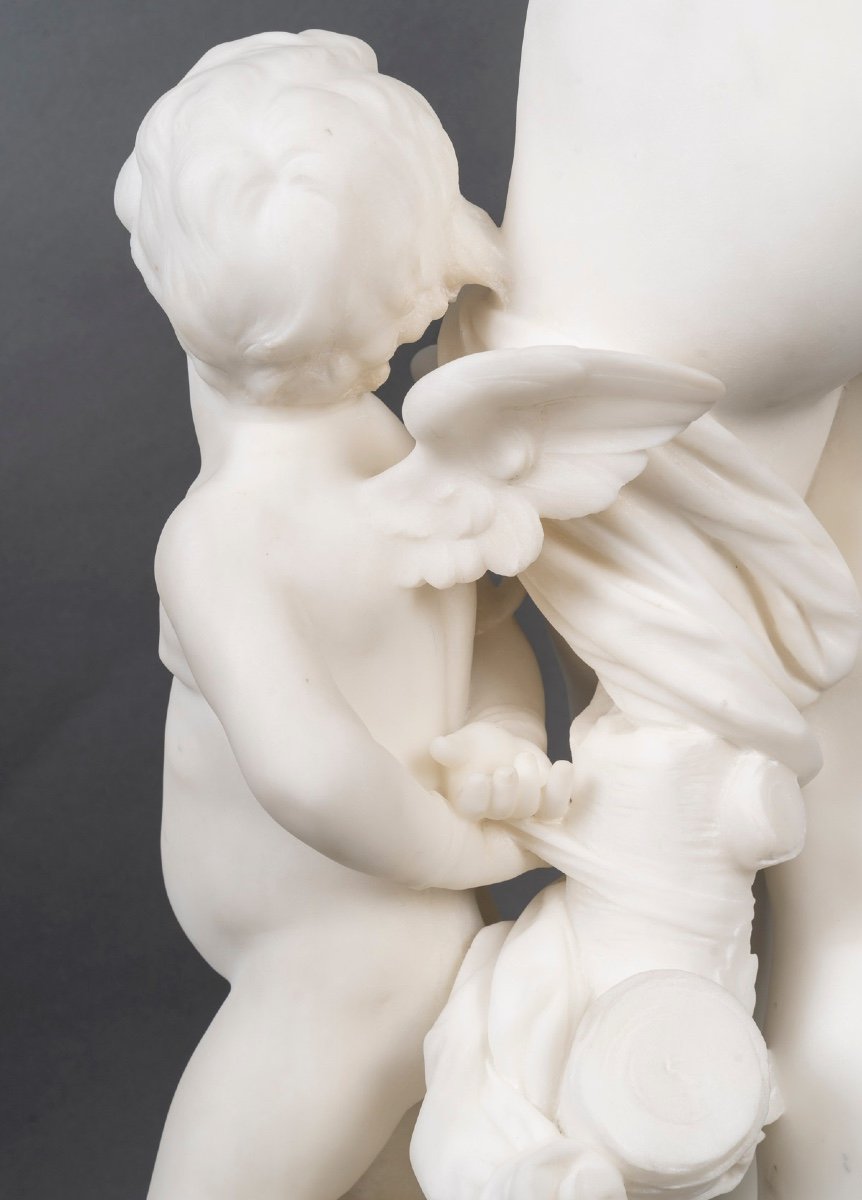






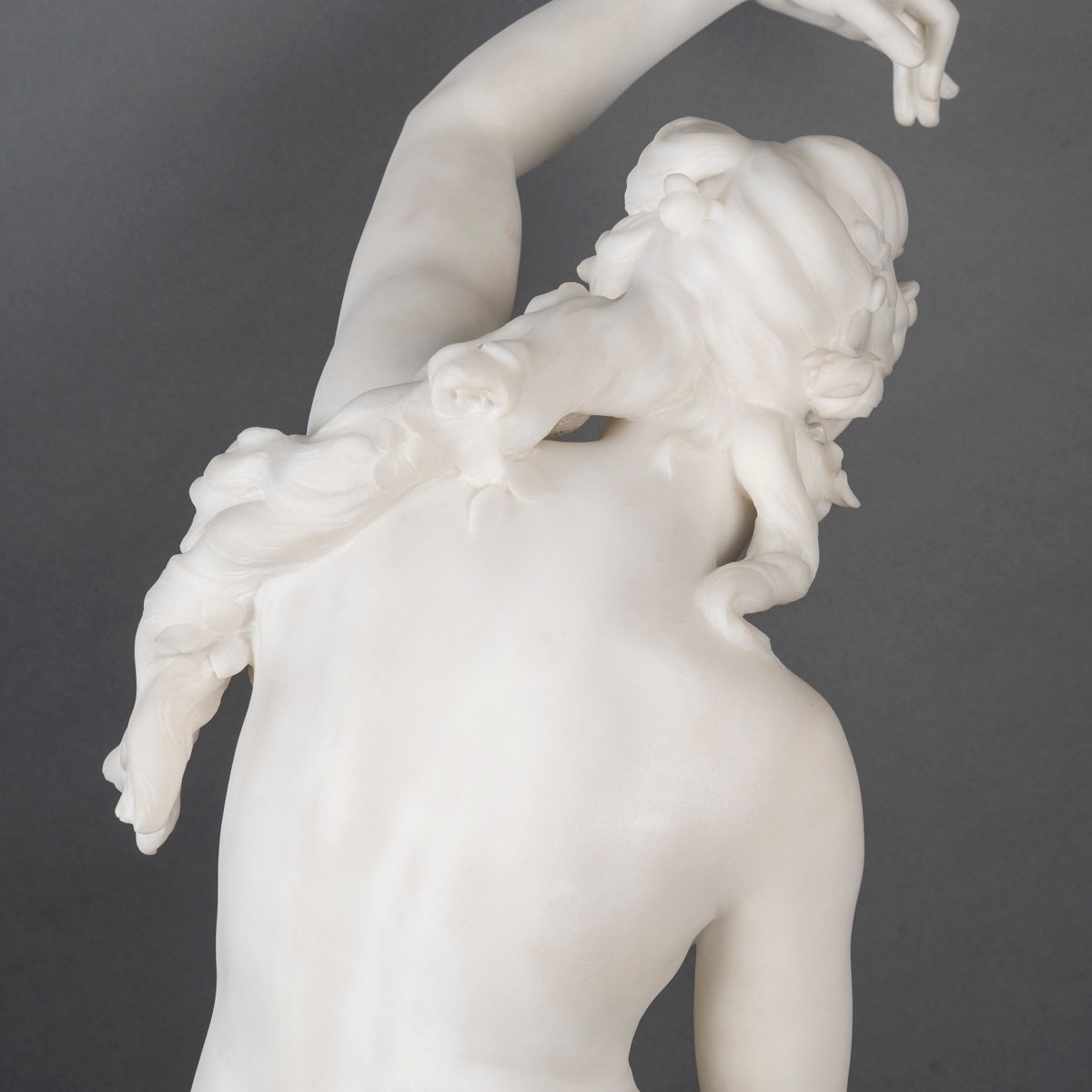


















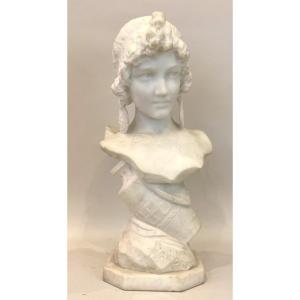



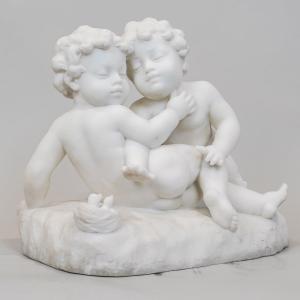








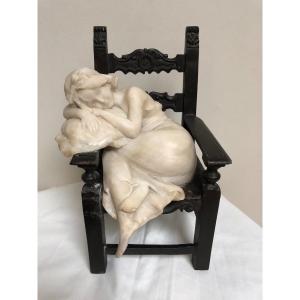
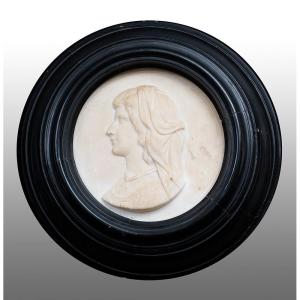
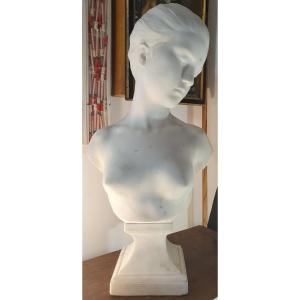



 Le Magazine de PROANTIC
Le Magazine de PROANTIC TRÉSORS Magazine
TRÉSORS Magazine Rivista Artiquariato
Rivista Artiquariato